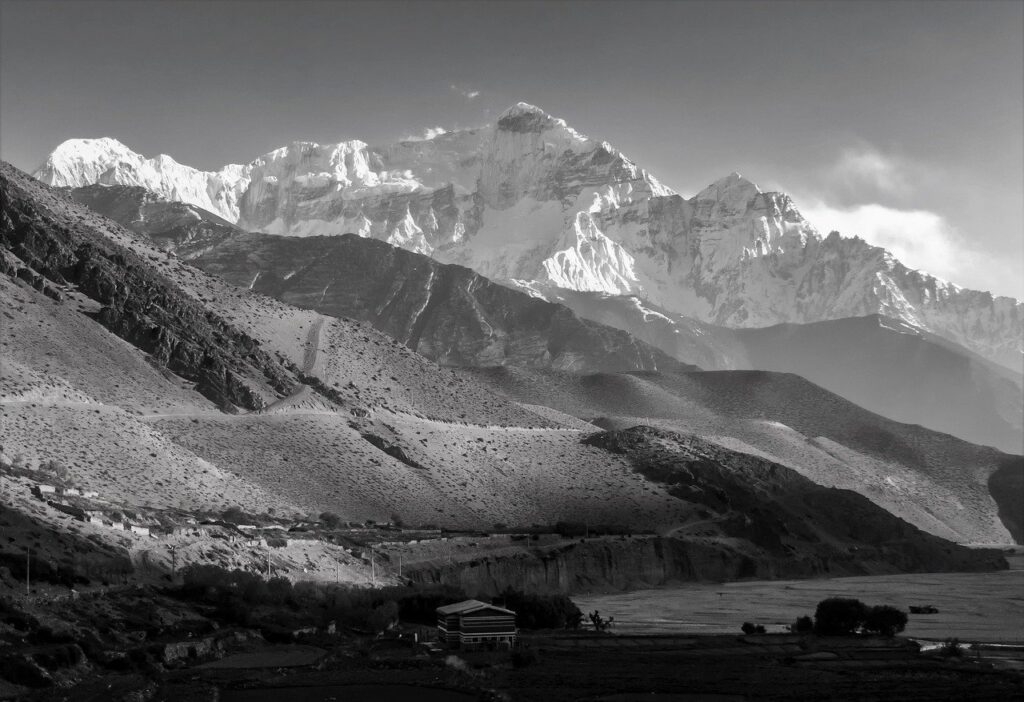
Representational photo.
New Delhi: As per the information compiled by the National Dam Safety Authority (NDSA), 47 dams including 38 commissioned and 9 under construction dams have been identified by the Central Electricity Authority as likely to be affected by glacial lake outburst floods (GLOF) from the glacial lakes in the Indian territory.
Disclosing this in a written reply to a question in Lok Sabha today, Union Minister of State for Jal Shakti, Raj Bhushan Choudhary, said a high-level committee chaired by the Union Home Minister has approved a GLOF risk mitigation project for Rs. 150 crores for the States of Himachal Pradesh, Uttarakhand, Sikkim and Arunachal Pradesh to support the efforts of State Governments to take up various mitigation measures related to GLOF.
After the Teesta-III Hydroelectric dam collapse in October 2023, the Central Water Commission (CWC) decided to review the design flood of all the existing and under-construction dams vulnerable to GLOF to ensure their adequate spillway capacity for a combination of probable maximum flood/standard probable flood and GLOF.
GLOF studies have been completed for 31 projects, the Minister said adding that GLOF Studies have been made mandatory for all new dams planned having glacial lakes in their catchments.
CWC monitors 902 glacial lakes and water bodies (including 477 glacial lakes and water bodies, having a water spread area greater than 50 hectares and 425 glacial lakes having a size of 10 hectares to 50 hectares) during the period from June to October every year.
“This enables the detection of relative change in water spread area of glacial lakes and water bodies, as well as identifying the ones which have expanded substantially during the monitoring month, from a disaster perspective,” Choudhary said.
The Minister further informed the House that a Committee on Disaster Risk Reduction (CoDRR) under the National Disaster Management Authority (NDMA) involving representatives from six Himalayan States/Union Territories and other stakeholders, has identified a set of high-risk glacial lakes for sending expeditions to directly assess these lakes and prepare comprehensive mitigation strategies in terms of setting up early warning system/other structural and non-structural measures.
The Ministry of Earth Science through its autonomous institute, the National Centre of Polar and Ocean Research (NCPOR), has been monitoring and carrying out scientific research on two pro-glacial lakes in the Chandra Basin, since 2013. In a National Mission on Himalayan Studies (NMHS) sponsored study entitled ‘Snow and Glacier Contribution and Impact of Climate Change in Teesta River Basin, Eastern Himalaya’, the status of glacial lakes in Sikkim Himalayas has been prepared by the National Institute of Hydrology, Roorkee.
– global bihari bureau
Image by Balaji Srinivasan from Pixabay





